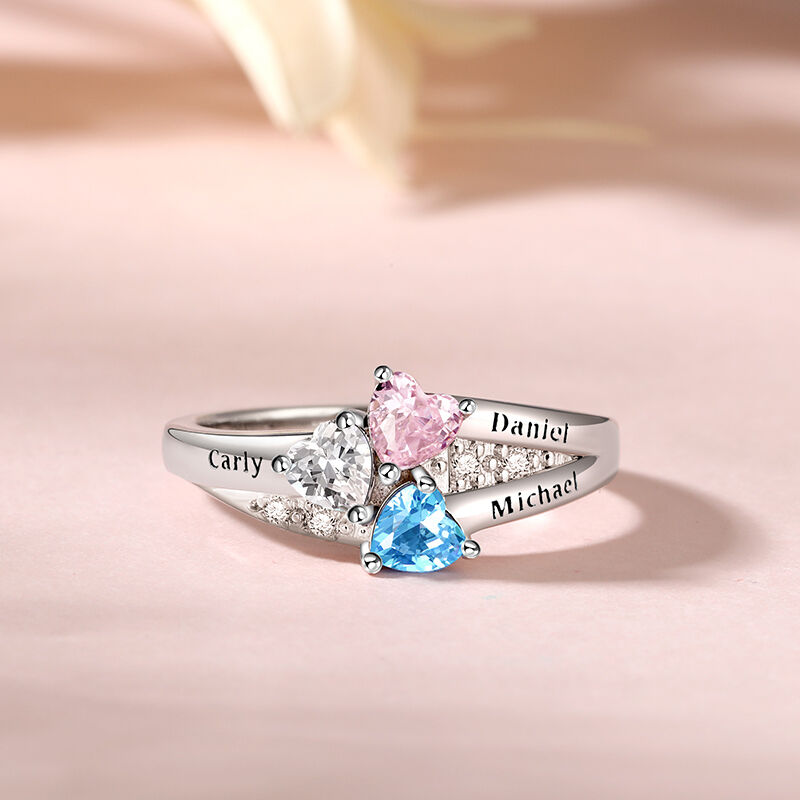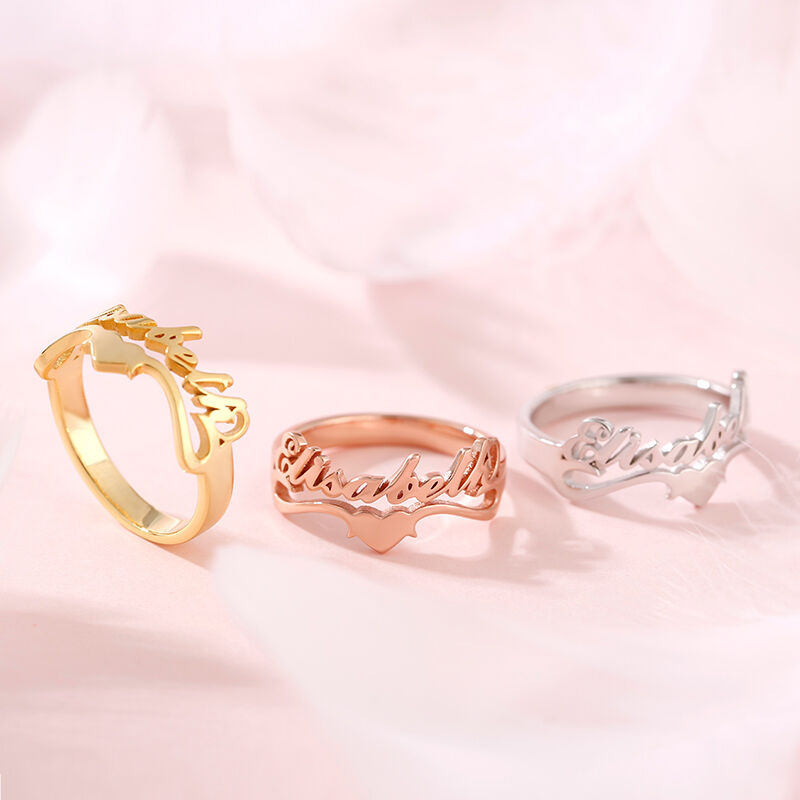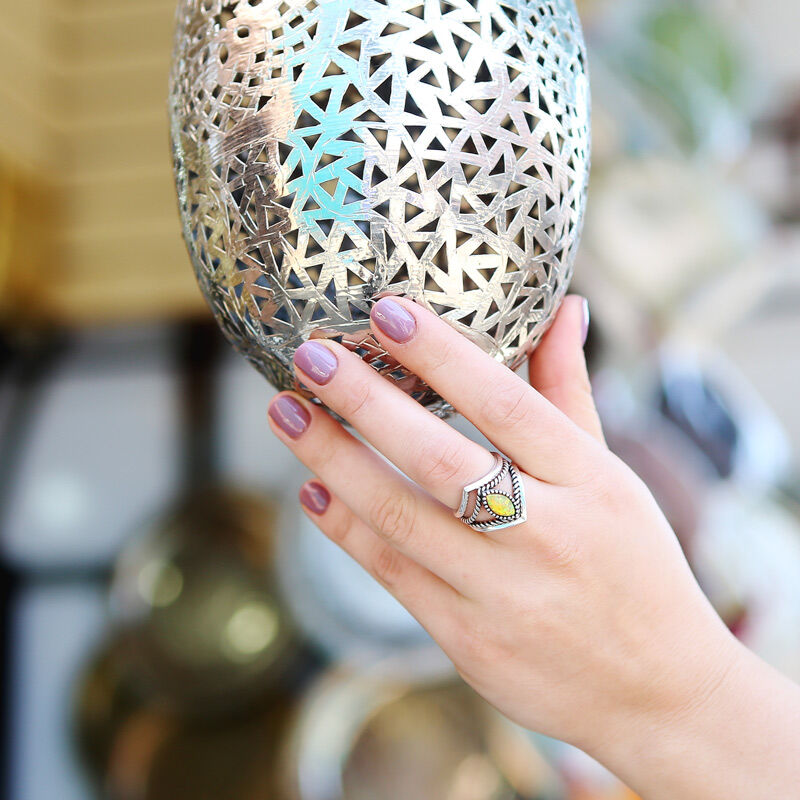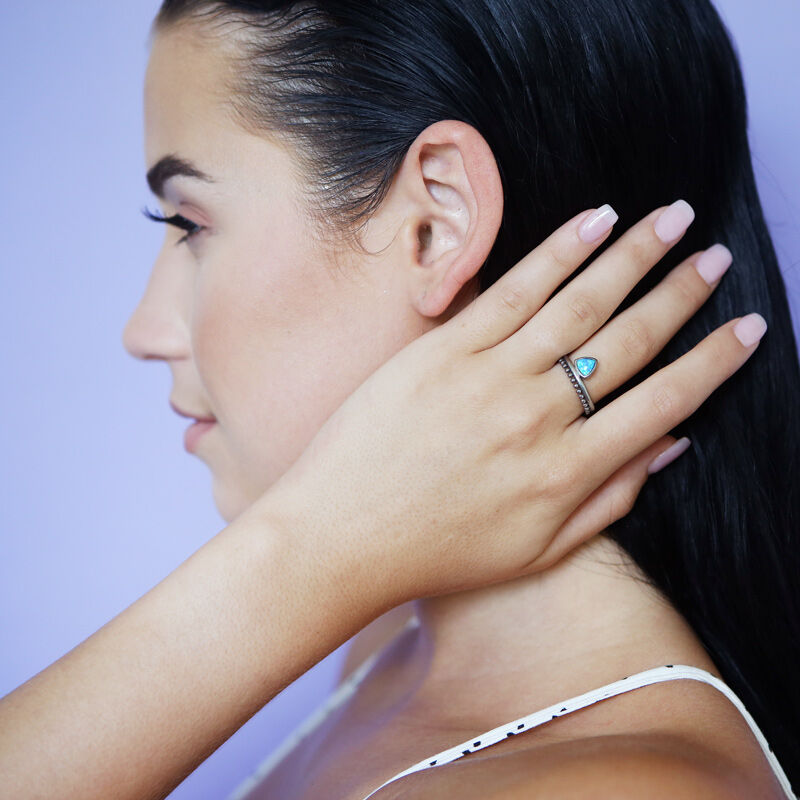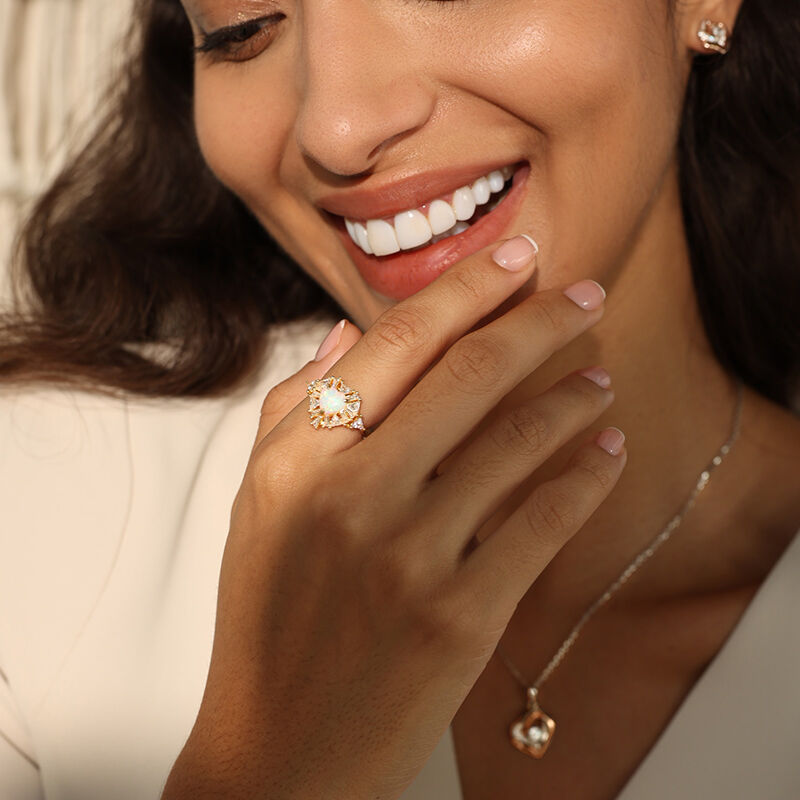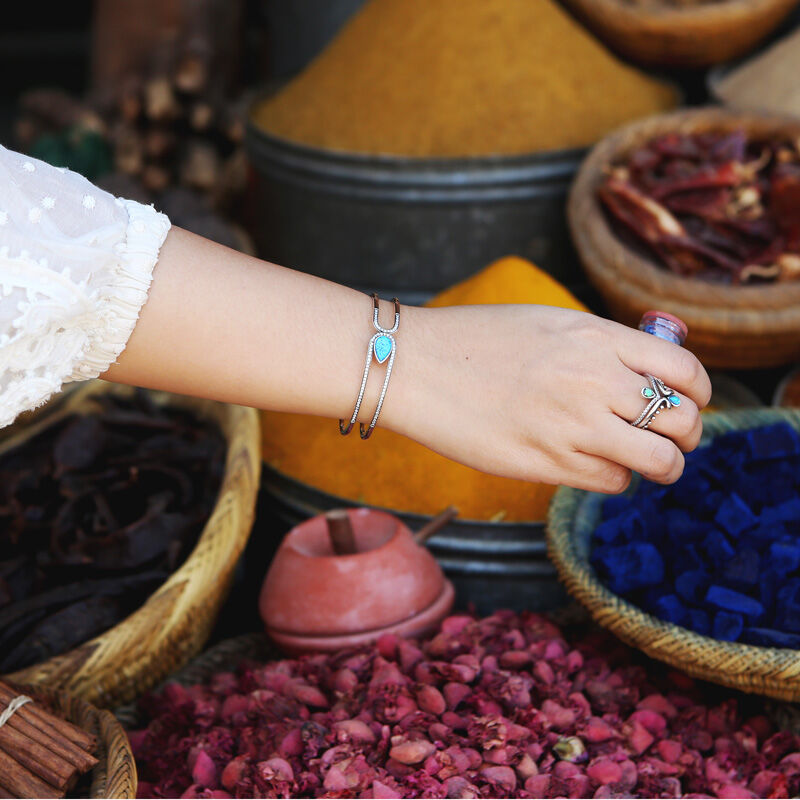Stackable Rings
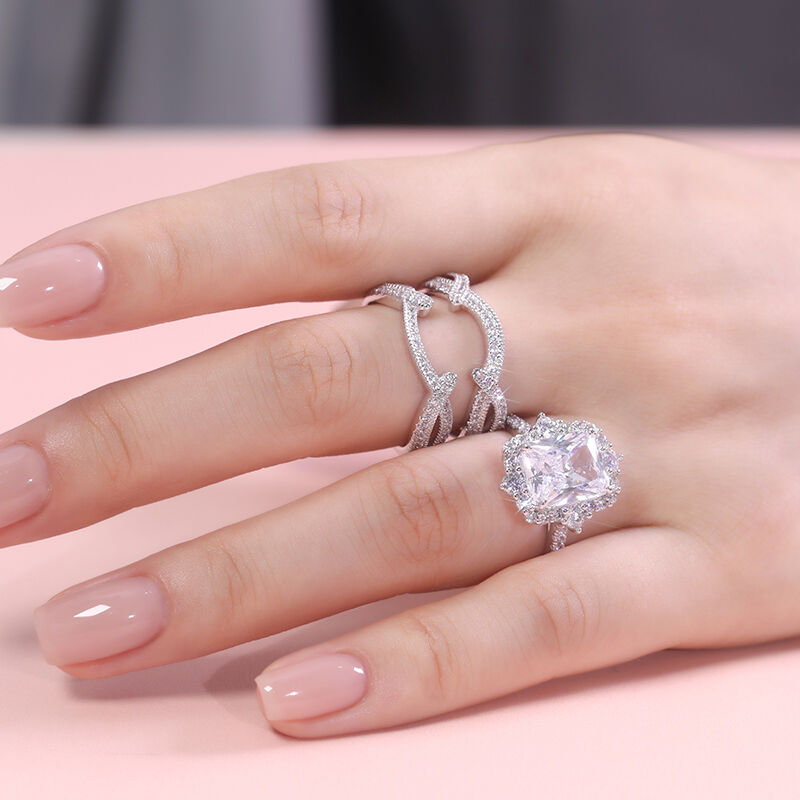 In the ever-evolving world of jewelry, some trends are fleeting, while stackable rings embed themselves as timeless expressions of personal style. More than just individual pieces, stackable ring offer a canvas for creativity, allowing you to curate a personalized story on your fingers, one delicate band at a time.
In the ever-evolving world of jewelry, some trends are fleeting, while stackable rings embed themselves as timeless expressions of personal style. More than just individual pieces, stackable ring offer a canvas for creativity, allowing you to curate a personalized story on your fingers, one delicate band at a time.
The allure of stackable ring lies in a beautiful blend of versatility, personalization, and effortless chic. Stackable rings allow you to mix and match metals, textures, gemstones, and styles to reflect your mood, personality, or even a special memory. Each ring can represent a different chapter, a loved one, or simply a feeling.
Stackable rings are more than a trend; they’re a timeless expression of personal style. They invite you to play, experiment, and tell your unique story, one delicate ring set at a time. So embrace the art of the stack rings in everyday!

